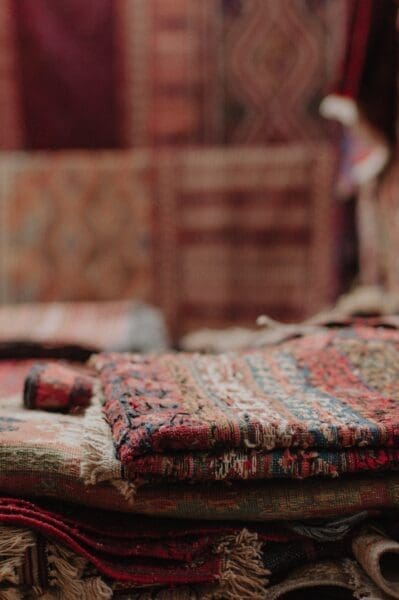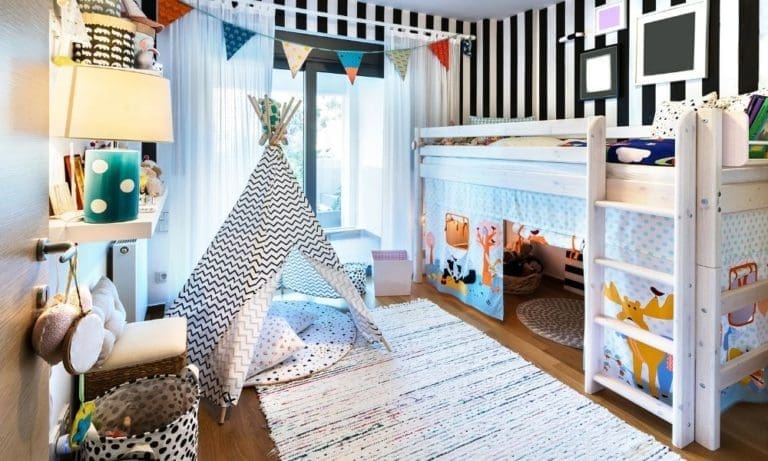Exploring the Different Styles and Designs of Gabbeh Rugs

Gabbeh rugs are captivating artisanal works that are more than just floor coverings. They carry the rich culture and landscape of the nomadic tribes in southwestern Iran.
Traditionally, Gabbeh rugs were coarsely woven with wide wefts, but the second generation used tightly compacted wefts and reduced the number of wide colors. They also focused on the use of geometric ornaments.
Traditional
Authentic Gabbeh carpets are crafted from premium, high-quality wool dyed with all-natural vegetable dyes. These natural materials make them highly durable and stain-resistant.
Traditional Gabbeh carpets have a rich history of tribal designs and patterns that showcase weavers’ creative freedom and artfulness. Often, these weavers artfully convey an emotion, narrate a story, or recreate a scene. Other times, they use bold hues and designs to portray a specific landscape or feel.
Weaving is an art form, as weavers skillfully tie knots onto vertical warp threads to create beautiful and distinctive motifs. Nomadic tribes made these rugs for floor coverings and blankets, but their design aesthetic and exceptional craftsmanship elevated them into fine art. Each rug in the Gabbeh category is unique, displaying its charming individuality.
Modern
Gabbeh rugs are a perfect addition to modern minimalist spaces. They showcase a unique style and artistry by infusing meaning into each hand-knotted rug. Their vivid hues and intricate patterns perfectly contrast with sleek contemporary decor, allowing them to take center stage in your home.
Weavers often use figures and symbols to convey an emotion or narrate a story artfully. These motifs are typically based on tribal designs and signify the weaver’s family lineage and ancestral identity.
Modern Gabbeh rugs can also feature plain fields in different shades of the same color and frames or borders with geometric ornaments. They may also feature small pictures or arrangements of colorful tiles. Some have no specific pattern or design, just a lush field of two or three colors in harmonic tones. Weavers still follow their free creative spirit and give free rein to their imagination. The result is a natural signature of Gabbeh that will charm your guests and add a rustic flair to any space.
Bohemian
A Gabbeh rug is a treasured heritage piece that invites a sense of history into any room. These one-of-a-kind works of art preserve the legacy of generations of weavers. Authentic Gabbehs are woven with natural, plant-based dyes and hand-spun wool. Their improvisational techniques offer character and authenticity that other handmade carpets must improve.
These versatile rugs pair well with an eclectic mix of decor elements and create a balance among various design styles. Because of their tight weave and shorter pile, they showcase a delicate sheen that adds visual interest to any space. Their natural hues and earthy colors can complement natural accents like indoor plants, woven baskets, and raw metal furniture. The inherent irregularities of their patterns work well with patterned throw blankets and textured pillows that are scattered throughout the room.
Contemporary
Adding a Gabbeh rug to your space can give your decor a rustic feel that makes it warm and inviting. This style is woven by hand and features classic Persian themes to add a timeless element to any room in your home or office.
The weavers who make Gabbeh rugs use high-quality, organic wool and natural dyes to create these pieces. The wool retains a high level of lanolin, which makes it naturally resistant to staining. This feature and the artisanal weaving methods used to create these rugs allow Gabbeh rugs to be long-lasting and durable.
In addition to their durability, Gabbeh rugs are known for their thick, plush pile that feels great underfoot. These rugs are ideal for living rooms, bedrooms, and even kitchens. When selecting a Gabbeh rug for your space, it’s important to choose a large size for sofas, coffee tables, and other furniture items to sit on top of it.
Similar Posts:
- None Found









